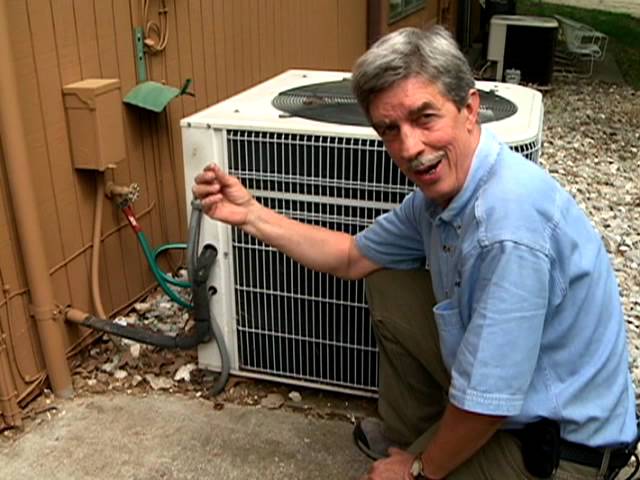Summers can be unforgiving, and a malfunctioning air conditioner can turn your sanctuary into an oven. When the AC stops working, panic sets in. Before you dial the ac repair service, let’s explore some DIY troubleshooting tips to help you stay cool without breaking a sweat.
1. Check the Power Supply
The first step is the simplest one: check if your AC is receiving power. Ensure that the unit is plugged in and that the circuit breaker hasn’t tripped. Sometimes, the solution is as straightforward as a loose plug or a flipped breaker.
2. Inspect the Thermostat
A common oversight is overlooking the thermostat settings. Ensure that it is set to the desired temperature and the mode is appropriate (cooling or heating). A dead battery could also be the culprit, so replace it to rule out this easy fix.
3. Clean or Replace the Air Filter
A clogged or dirty air filter restricts airflow, making your AC work harder than necessary. Check the filter monthly and replace it if it’s dirty. This simple maintenance task can significantly improve your AC’s efficiency.
4. Clear the Condenser Unit
The condenser unit, usually located outside, can accumulate debris like leaves and dirt. Clearing these obstructions ensures optimal performance. Use a hose to gently clean the unit, but exercise caution to avoid damaging the fins.
5. Inspect the Ductwork for Leaks
Leaky ducts can significantly reduce your AC’s efficiency. Inspect the ductwork for any visible leaks and seal them using duct tape or mastic sealant. Properly insulated ducts will ensure that the cool air reaches its destination.

6. Examine the Refrigerant Levels
Low refrigerant levels can hamper your AC’s ability to cool effectively. If you suspect a refrigerant leak, it’s best to call a professional. However, checking for ice accumulation on the refrigerant line can give you a clue about potential issues.
7. Assess the Fan Blades
Faulty or bent fan blades can hinder proper airflow. Visually inspect the blades and replace or straighten them if necessary. A smoothly running fan contributes to a more efficient cooling process.
8. Evaluate the Capacitor
The capacitor provides the initial jolt of electricity to start the compressor. If it fails, your AC won’t function. A multimeter can help you check the capacitor’s functionality. Replace it if the readings are outside the recommended range.
Conclusion
Before you make that distress call to the repair technician, try these DIY troubleshooting tips to revive your AC. Regular maintenance and timely interventions can not only save you money but also ensure a comfortable living space, even during scorching summers.
Remember, safety first. If you are uncomfortable performing any of these tasks, it’s always wise to seek professional help.
